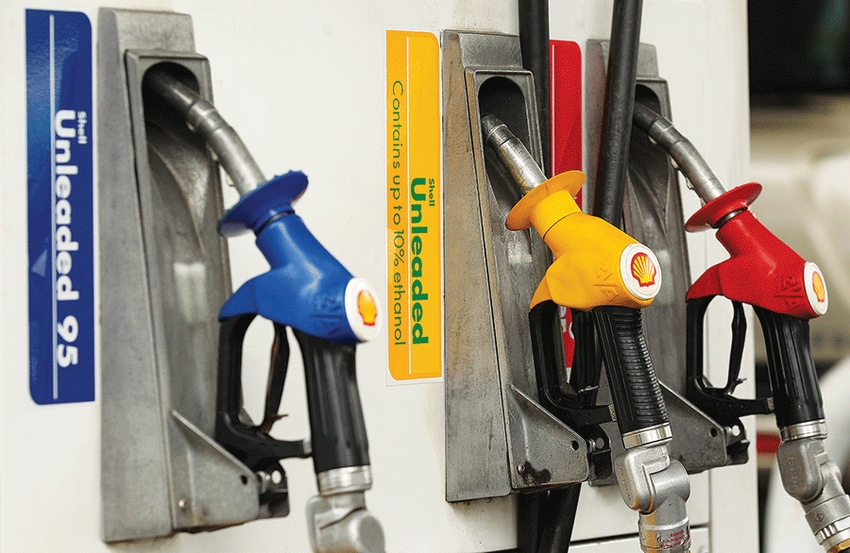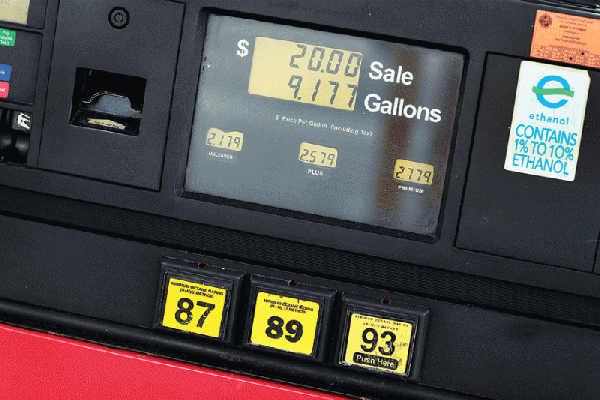
If ever there was proof that prognosticators, commentators, and high-powered analysts can be big-time wrong, it would be — are you ready for this? — oil.
If ever there was confirmation that the law of supply and demand sometimes actually works, one has only to look at the current situation with oil.
How quickly we’ve forgotten not-that-long-ago $4-plus per gallon gas prices, the dire warnings that OPEC’s hold on the world oil market would result in ever more staggering energy prices, the predictions that our gluttony would deplete the world’s supply of oil, and the boundless enthusiasm with which we began brewing fuels out of everything from corn to switchgrass to used KFC cooking oil.
IT’S FREE! Stay informed on what’s happening in Mid-South agriculture: Subscribe to Delta Farm Press Daily.

“The data show that that gasoline demand is now outpacing the heady days of both 2007 and pre-recession 2008,†say analysts at GasBuddy.com.—Getty Images/Joe Raedle
“The data show that that gasoline demand is now outpacing the heady days of both 2007 and pre-recession 2008,†say analysts at GasBuddy.com.—Getty Images/Joe RaedleAnd look what has happened: The high prices spurred a frenzy of oil/gas discovery, which has resulted in the U.S. leapfrogging over oil giants Saudi Arabia and Russia to become the world’s No. 1 oil producer. At the same time, vehicles are more fuel-efficient, people are driving less, OPEC’s strangle-hold on the world oil market has been wrenched loose, and prices have been in a downward spiral. From the highest per barrel inflation-adjusted price ever, $138.61 in June 2008, the market crashed in February to under $26. Since mid-2014, it dropped about 70 percent, and was down 25 percent in just the first two months of 2016.
Sub-$2 per gallon gasoline prices have been the norm for months, and more recently, in this part of the world, have been well under $1.50. The low thus far was $1.28 in some areas, and there was speculation there could be isolated instances of $1 gasoline before the summer driving season sets in.
The irony in all this is that when oil was $130-plus and oil companies were awash in profits, analysts and commentators were bemoaning the adverse impact of high energy costs on the nation’s and world’s business sector. But with oil prices flirting with $20 per barrel, and the U.S. awash in oil and natural gas, oil companies have been weeping and wailing at the fall in their profits, the stock market gyrating crazily with each up or down tick in the oil price, and analysts and commentators lamenting the adverse impact low oil prices are having on the business sector.
Cheap oil encourages waste, they say, discouraging oil/gas exploration, and research and investment in alternative energy. And they warned, demand would sooner or later overtake diminishing supply, and prices would go up again.
Sure enough, as most everyone expected, the downward slide abruptly came to an end; in the past month pump prices in my part of the world have risen 30 cents to 40 cents per gallon, now $1.70 or more per gallon, and increasing almost daily. The national average is $2.02 per gallon.
An increase is generally expected this time each year as refineries shift from processing winter grade gasoline to summer grade. The current rise, however, has been steeper than would normally be associated with the refining shift.
The key reason: An 8 percent increase in demand over the past four weeks, compared to the same period last year, according to the GasBuddy.com website, which monitors the industry. “The data show that that gasoline demand is now outpacing the heady days of both 2007 and pre-recession 2008,” it notes. “The news may be welcome to oil producers, who may yet see prices for their devalued goods finally firm up at the $40 a barrel range and return to values not seen in nearly 20 months.”
For the weeks ahead, GasBuddy analysts say, “Attention will need to be paid to whether or not the past month was an aberration or whether this is the beginning of a rebalancing of economics on the gasoline side of the equation. Motorists should best be prepared for the unexpected at the pumps throughout the U.S. and Canada this spring and summer.”
So, if high oil/gas prices are good for the economy (every 1-cent increase equates to about $1.2 billion), as we pay more to fill the tank we can take comfort in knowing we’re doing our part to support growth and progress.
About the Author(s)
You May Also Like




